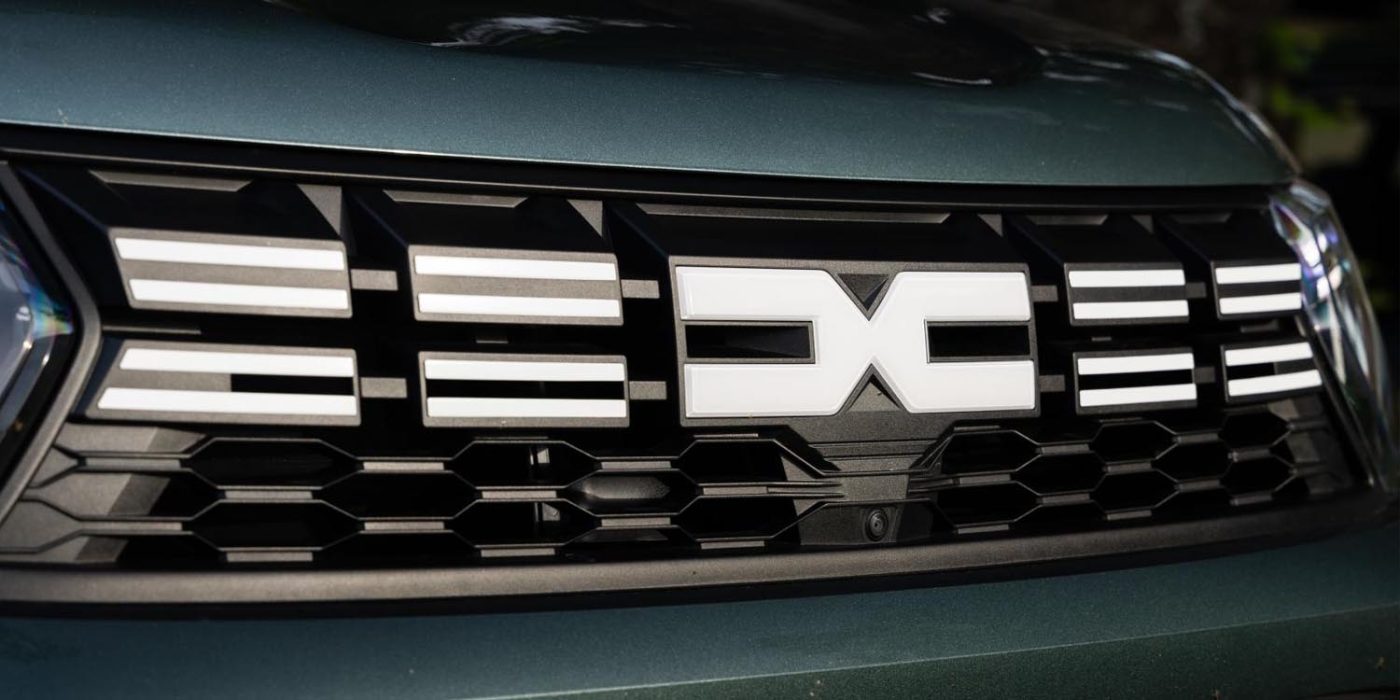Dacia plans to release an electric Sandero in five years
Dacia allegedly wants to offer the next generation of its small car as an electric model from 2027 or 2028. It could even become a BEV-only model, as British media reports.
The new-generation Sandero is expected to be based on the CMF-BEV platform, which will also be used by the electric Renault 5, Renault 4, and the electric successor to the Nissan Micra. The CMF-BEV is a version of the CMF-B, i.e. the “Common Modular Family” for the B-segment, optimised for electric drives. Since vehicles based on the CMF-B and CMF-BEV can be produced on one line, Dacia could offer internal combustion and electric drives with a Sandero body.
Dacia CEO Denis Le Vot confirmed the premiere in “2027 or 2028″. Depending on the year the model is ultimately launched, the fourth generation Sandero will ” live on until 2034 or 2035″.
Dacia’s top priority remains to keep costs as low as possible. The brand is currently investigating all possible battery chemistries for the electric Sandero. According to Le Vot, this includes sodium-ion batteries. Dacia will rely on the Renault Group’s know-how for the technology. At least for the Renault 5, the French have ruled out the use of LFP batteries. So it remains to be seen which battery technology Dacia will rely on: LFP, cheap NCM cells or sodium-ion batteries?
Could the electric Sandero be a sister model of the Renault 5?
In the interview with British media, however, Le Vot ruled out the possibility of an electric Dacia with a range of 600 kilometres and a charging time of 20 minutes in the foreseeable future. “Why? Because we have a social role here. Our job is accessible mobility and that includes electric. We brought out the Spring because of that,” the Dacia brand boss told Car Magazine. He also points to the disadvantages of sodium-ion technology, such as energy density and weight. “We’ll find a way here with the range offered and between the density of energy and charging capacity to find something which is different”, he says. “The idea is that we will be accessible with it. And we’ll have the answer in two years.”
With the Spring, the Romanian Renault brand already offers an electric model. And Dacia has sold around 120,000 units of the small electric SUV since 2023. The Spring is built in China, where the vehicle is sold under the Renault brand. Le Vot has yet to indicate where a possible electric Sandero would be manufactured.
Le Vot hinted that if he had the chance, he would have done things differently with the Spring: “If we did [the Spring] again, I would cut the battery in half”, he says. With 26.8 kWh, the Spring has a small battery by European standards, just enough for a WLTP range of 230 kilometres. However, the average Spring customer only drives 16 kilometres a day, which is why it would be possible to save further on the battery. The findings from the use of the Spring are to be incorporated into Dacia’s next-generation electric vehicles: however, they cannot be transferred 1:1 – the larger Sandero in the four-metre class is used differently than the smaller Spring.
Incidentally, the reports from early 2022, according to which Dacia could replace the Spring as an entry-level electric model as early as 2024, are no longer referred to in the current articles on the electric Sandero.





0 Comments